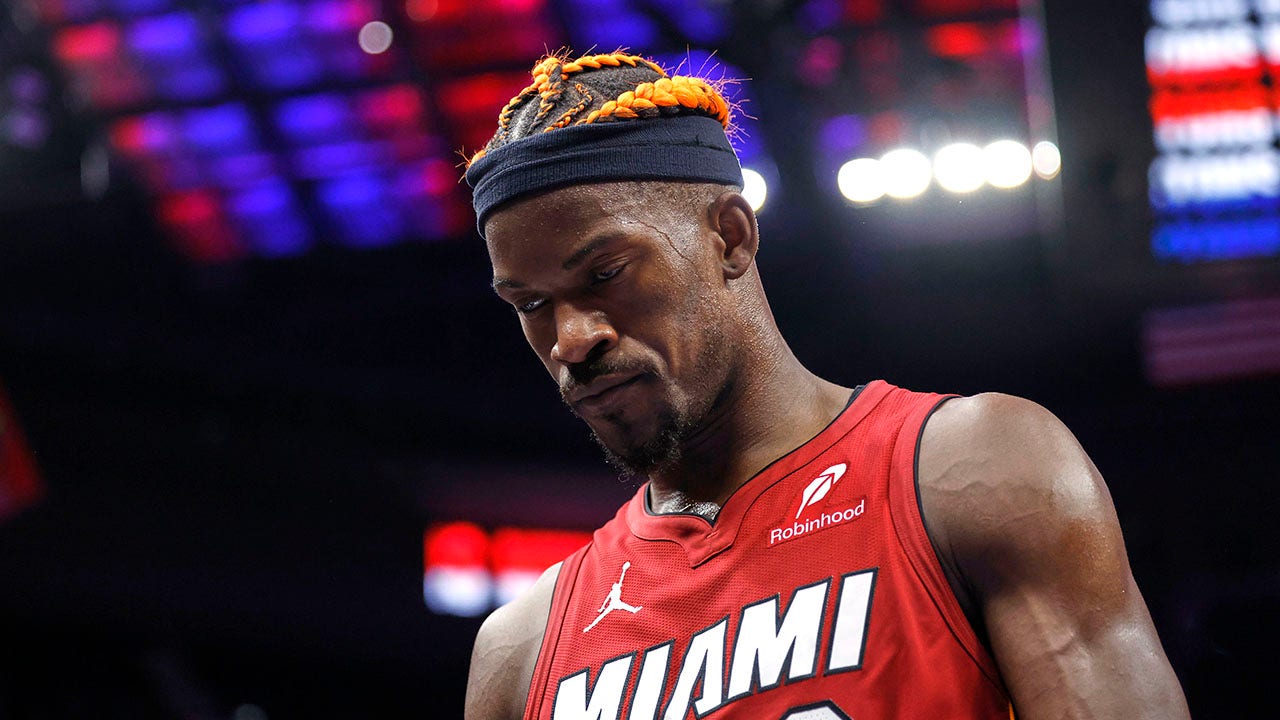Every offensive play in the NFL provides a trove of statistics accounting for the yards gained or lost on every throw or run.
Quantifying defensive performance has always been a more difficult proposition outside of splash plays like sacks and takeaways. The official tackle stats tracked by statisticians with binoculars in the press box can’t account for the quality of the play and tackles that are missed.
That led the NFL Next Gen Stats department to seek a new measurement based on the loads of data generated by tracking equipment to quantify nearly every aspect of the tackle.
“When you look at our toolbox of metrics that can contextualize and tell the stories of the games within the game, we feel like tackling is an area that really hasn’t been analyzed in good enough stats beyond a tackle was made or it wasn’t made,” said Mike Band, the senior manager of research and analytics for NFL Next Gen Stats.
“We can now leverage the (data) to get stats like missed tackles, group tackles, evaluate the quality of tackles. We think we can take tackling quantitatively to an entirely new level of analysis.”
The NFL Next Gen Stats group has teamed up with machine learning engineers from Amazon Web Services to develop an advanced stats model focused on which players are best at making tackles and which are best at breaking them.
Building on the work the NFL has done with AWS with player-tracking data to quantify statistics like completion percentage over expectation, rushing yards over expectation, yards after catch over expectation and defensive coverage classification, it now is doing the same on making and breaking tackles.
“There are 300 million points of data we’re collecting per season for NextGen Stats,” said Julie Souza, the global head of sports at AWS. “We’re only limited by our imagination of what we can ask of it. … Helping people understand what can be a complicated game and bringing new fans into the fold is a great byproduct of this initiative.”
By tracking the location and speed of all 11 defensive players every one-tenth of a second on each play through player tracking data gathered by chips in the players’ pads, the model can measure the probability that a tackle is made.
The stats from 2023 showed that the No. 2 leading tackler last season, Zaire Franklin of Indianapolis, led the NFL with 24 missed tackles, while safety Kevin Byard was the most efficient tackler with a 96.8% success rate.
On the offensive side, Travis Etienne (105), Christian McCaffrey (95) and Kyren Williams (88) were the best at breaking tackles with running backs having the most touches and opportunities. San Francisco’s Deebo Samuel led all receivers with 38 missed tackles, while Lamar Jackson was tops among QBs with 27.
On a per-play basis, the top tackle-breakers among players with at least 100 touches were Pittsburgh’s Jaylen Warren (38.1%), Miami’s De’Von Achane (36.2%) and Tennessee’s Tyjae Spears (34.2%).
The best tackling team in Week 1 headed into the Monday night game was the New England Patriots, who had a 94.3% efficiency rate in their upset win over Cincinnati.
The NextGen Stats group can go beyond missed and broken tackles and use other machine learning stats it has developed with AWS like the expected yards models to measure how many yards over expectation a defensive player saved or gave up on each tackle attempt with the same for offensive players.
While Azeez Al-Shaair and Alex Singleton both ranked in the top five in made tackles, their misses last year were costly with Al-Shaair’s costing Tennessee an estimated 203 extra yards and Singleton’s costing Denver 200 extra yards.
Other stats that can be tracked will be how often teams swarm to the ball with more than three defenders on a tackle and which defenders excel or struggle at different types of tackles like open-field ones, to chase down tackles to downhill tackles with defenders crashing toward the line of scrimmage.
“Any story that unfolds on the field, we want data to be able to help support that story,” said Josh Helmrich, the vice president of football technology for the NFL. “If it’s an offensive story, a defensive story, a running story, a passing story, we want stats that help quantify whatever the result was. So we continually do that. You can only do so much every year, but we try to chip away so that we have a very well-rounded toolkit.”
___
AP NFL: https://apnews.com/hub/nfl
Copyright 2024 The Associated Press. All rights reserved. This material may not be published, broadcast, rewritten or redistributed without permission.





